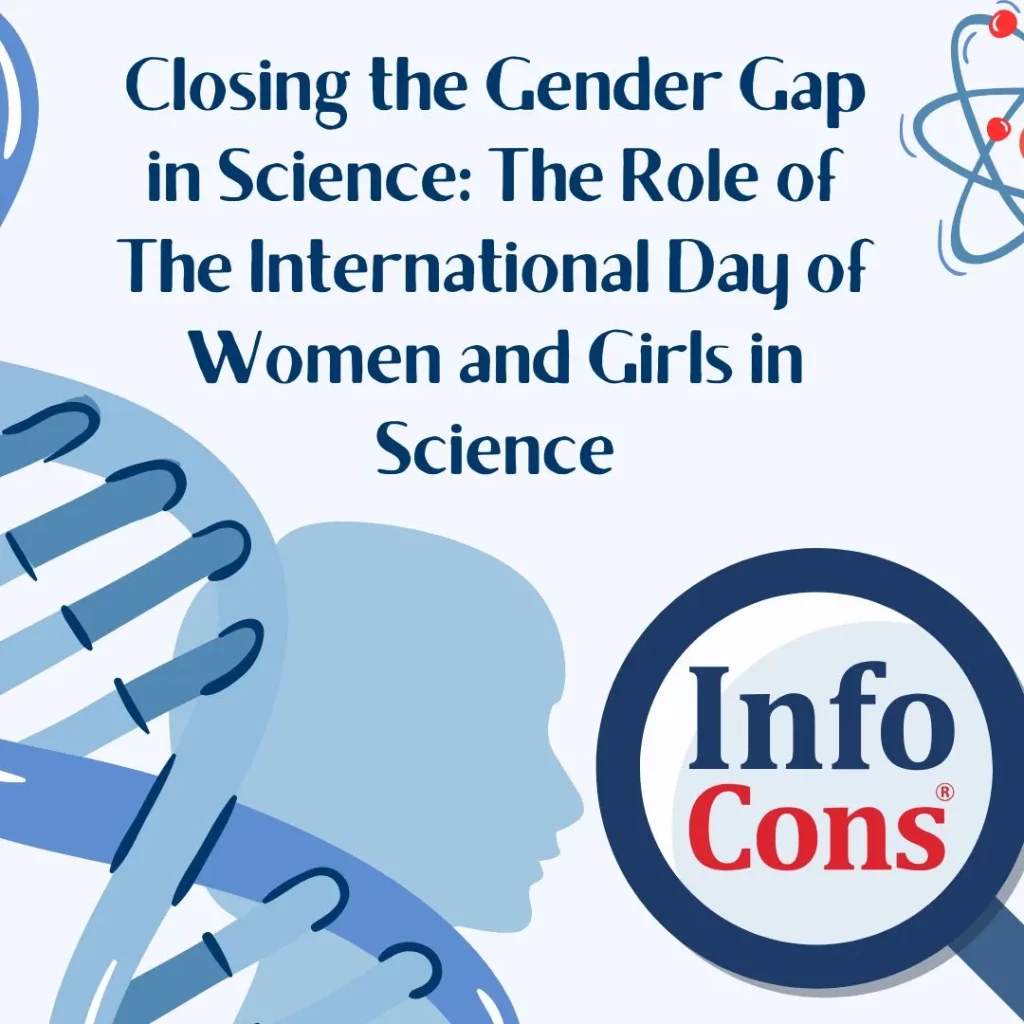
Every year on February 11, the world celebrates The International Day of Women and Girls in Science, an initiative led by UNESCO and UN-Women in collaboration with institutions and civil society partners. This annual observance is more than just a commemoration—it is a call to action to ensure full and equal participation of women and girls in science, technology, engineering, and mathematics (STEM).
Gender equality remains a key global priority, and empowering young girls through education and career opportunities in STEM is essential for sustainable development and global progress. With 2025 marking the 10th anniversary of this important day, this year’s theme, “Unpacking STEM Careers: Her Voice in Science,” highlights the need to amplify the voices of women in these fields through a hybrid event on February 11.
Read also : How to Shop Smart and Sustainably During Sales
Closing the Gender Gap in Science: Why Women’s Representation in STEM Matters
The role of women in science is critical to addressing the world’s most pressing challenges, from climate change and healthcare to technological innovation. Diversity in scientific research leads to new perspectives, greater creativity, and a broader talent pool. However, despite significant progress, women continue to be underrepresented in many STEM fields.
Encouraging more women to pursue careers in STEM is not just about fairness; it is about maximizing human potential. With science and technology shaping the future, fostering gender inclusivity ensures that the best minds—regardless of gender—contribute to scientific advancements and global solutions.
The International Day of Women and Girls in Science: Closing the Gender Gap Across Europe
The latest data from 2023 provides insight into the representation of women in STEM across Europe. Encouragingly, the number of female scientists and engineers in the EU reached 7.7 million, an increase of 381,200 compared to 2022. However, gender disparities remain across different sectors and countries.
Read also : How to Recover from a Data Breach and Safeguard Your Personal Data
Where The Gender Gap in Science is Closing
Overall, women accounted for 41% of the scientists and engineers workforce in the EU. The representation was notably higher in service-related STEM industries (45.6%) but significantly lower in manufacturing (22.4%) and other industrial activities (23.9%).
Among EU member states, Denmark leads with 50.8% female representation, followed closely by Spain (50.0%), Bulgaria (49.1%), Latvia, and Ireland (both at 49%). These countries set an example of progress toward gender equality in STEM.
Additionally, certain regions have demonstrated even higher female representation. In Spain’s Canarias region, 59.2% of scientists and engineers are women, while Portugal’s Região Autónoma dos Açores (57.5%) and Poland’s Makroregion Wschodni (56.5%) also boast high numbers.
Where The Gender Gap in Science Persists
Despite advancements, some countries and regions continue to struggle with gender disparities in STEM. Hungary reports the lowest female representation (30.7%), with Finland (31.4%), Italy (34.1%), Slovakia, and Malta (each 34.3%) also ranking low.
On a regional level, areas such as Közép-Magyarország (Hungary, 30.1%), Baden-Württemberg (Germany, 30.8%), and Manner-Suomi (Finland, 31.4%) have the smallest proportion of female scientists and engineers, indicating the need for stronger policies and initiatives to bridge the gender gap in these locations.
Read also : EU Renewable Transport Energy : Can We Reach 29% by 2030 ?
Closing the Gender Gap in Science: Building a More Inclusive Future
While the progress in increasing female participation in STEM is encouraging, there is still much work to be done. Mentorship programs, scholarship opportunities, workplace inclusivity, and policy changes are essential in ensuring that more women and girls enter and thrive in scientific careers.
The International Day of Women and Girls in Science serves as a reminder that achieving true gender equality in STEM is an ongoing effort. By continuing to support and empower women in science, we can create a world where talent—not gender—determines success in the scientific community.
Source : Eurostat
InfoCons – European Organization for Consumer Protection and Promotion of Programs and Strategies , a full member of the World Organization Consumers International, founding member of the Federation of Consumer Associations, and member of ANEC .